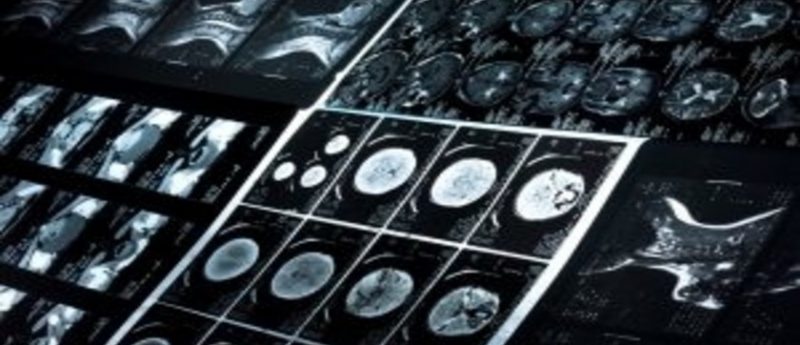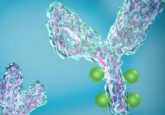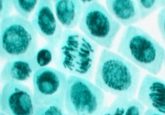Novel methodology reveals no correlation between regulatory T cells and survival in glioblastoma

An interdisciplinary team of researchers from Dartmouth-Hitchcock’s Norris Cotton Cancer Center (NH, USA) have reported no correlation between regulatory T cells (Tregs) and survival in either the blood or the tumor microenvironment, even when they adjusted for well-known prognostic factors. The team utilized a novel methodology of epigenetic quantitative analysis within the study, which was published recently in the journal Neuro-Oncology.
“The traditional methods to quantify Tregs may be subjective and result in variability that may explain, in part, the controversial results found in the past,” reported Camilo Fadul (Dartmouth-Hitchcock Norris Cotton Cancer Center). “We used epigenetic quantitative analysis, a novel methodology that more accurately measures lymphocyte populations including Tregs in tumor tissue and peripheral blood.”
Tregs are one of the cell types responsible for controlling the immune system’s recognition of self and non-self antigens, and patients with glioblastoma exhibit tumor induced immune suppression. While it is known that patients with glioblastoma have a higher proportion of Tregs than healthy individuals, how important Tregs’ role is in immune suppression, and whether this correlates with prognosis, has been a topic of contention.
The Dartmouth team analyzed the tumor microenvironment and peripheral blood of 25 newly diagnosed glioblastoma patients, and correlated these with survival. They used quantitative DNA demethylation analysis (epigenetic qPCR) and immunohistochemistry to study tumor-inflitrating Tregs and CD3+ T cells. The peripheral blood Treg proportions were measured by flow cytometry.
In addition, the team used data from The Cancer Genome Atlas to correlate expression of Treg markers with glioblastoma subtype and patient survival. “Our finding of no correlation between Tregs and survival in glioblastoma has implications for the design of future immune therapy clinical trials,” explained Fadul.
The investigators have proposed an immune ‘net score’, which includes the proportion of effector and and regulatory immune cells alongside the expression of co-stimulatory and inhibitory receptors by both immune and cancer cells.They hope that this will be a useful indicator of a patient’s immune status with therapeutic and prognostic implications.
As future work, Fadul plans to analyze 100 glioblastoma samples from another medical center. He will use the same novel methodology to design a model that may enable neuro-oncologists to personalize and prognosticate immune therapy for the disease.
Source: Norris Cotton Cancer Center Dartmouth-Hitchcock Medical Center press release





